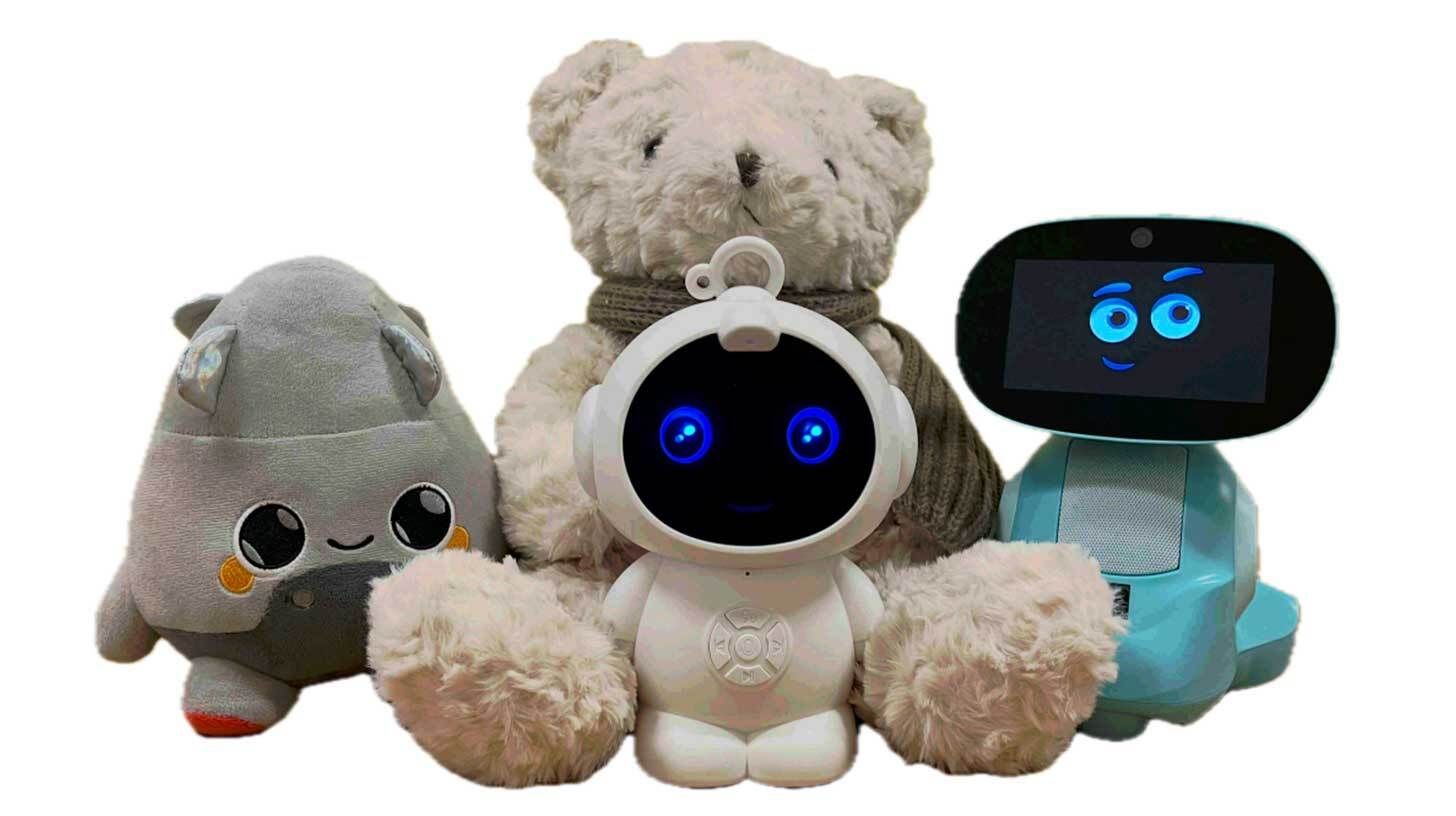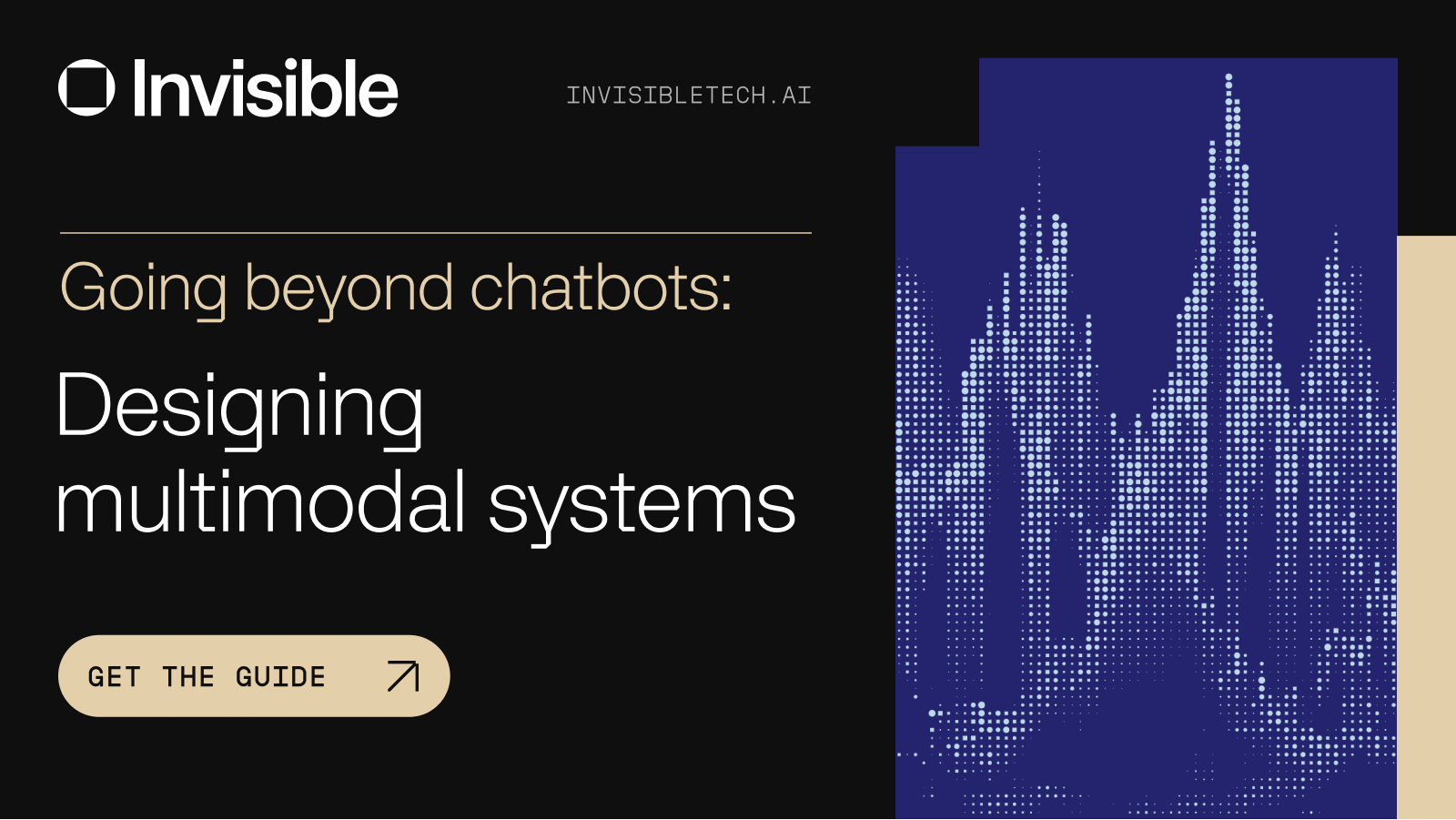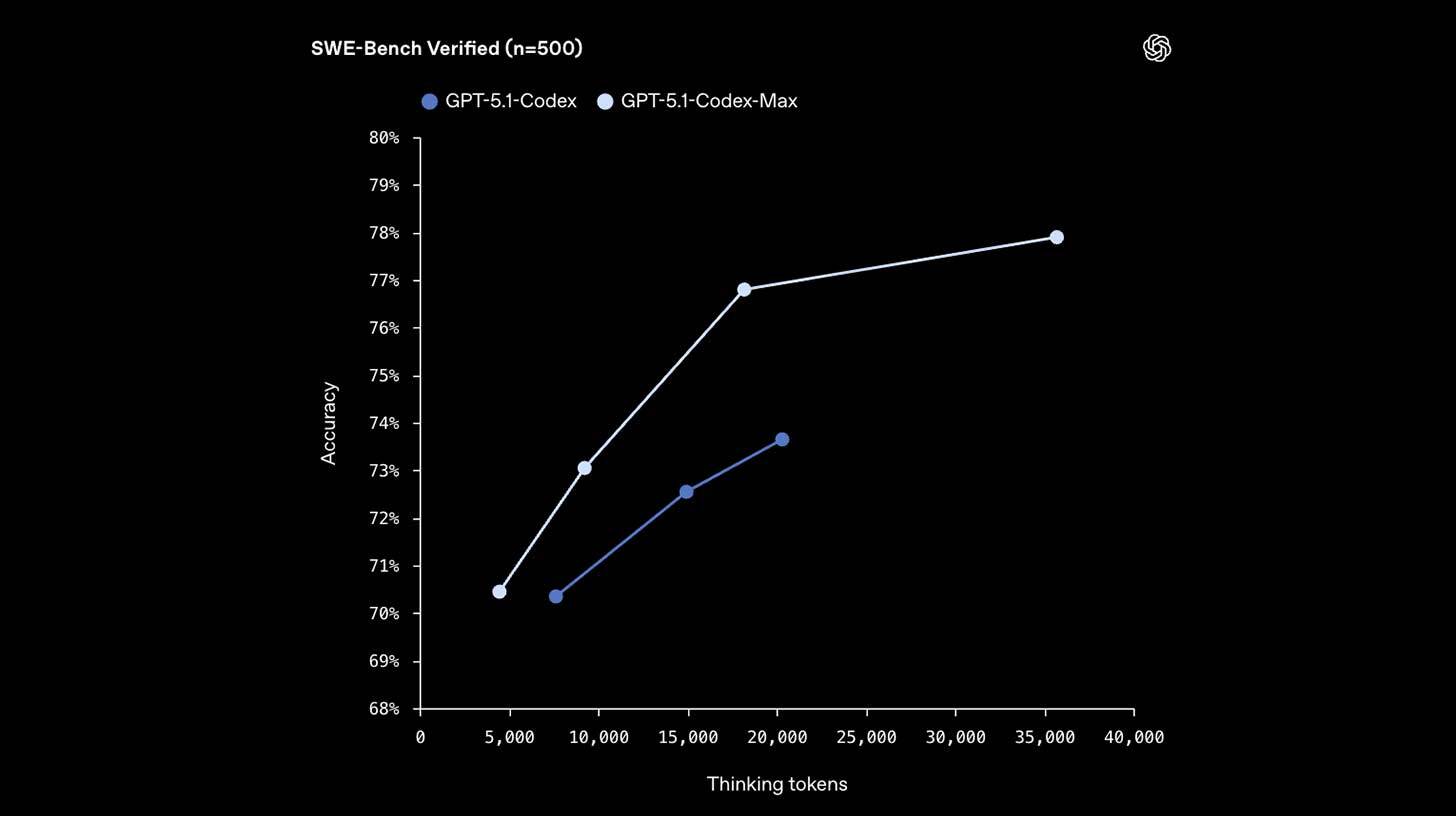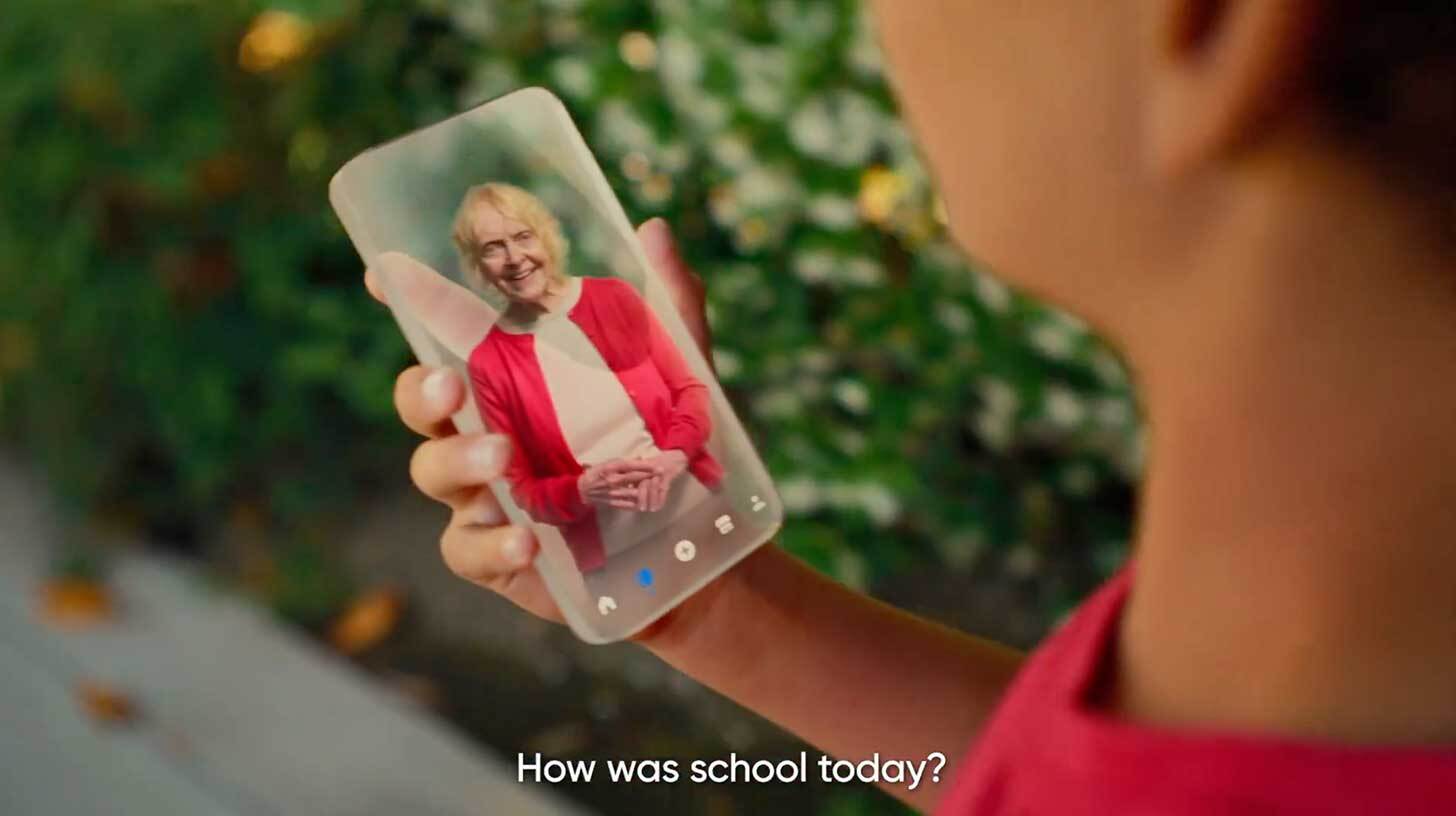Nano Banana Pro changes the image generation game (again)
PLUS: Patients control AI and robotics with thought
Read Online | Sign Up | Advertise
Good morning, AI enthusiasts. Google’s already had a big week with the release of Gemini 3, but apparently, the tech giant was just getting warmed up.
The company just dropped a new upgrade to its viral Nano Banana image generator that brings Gemini’s intelligence and Google Search along for the ride — enabling a whole new world of creative workflows.
In today’s AI rundown:
Google drops next-gen Nano Banana Pro
OpenAI launches ChatGPT group chats to all tiers
Use Nano Banana Pro to create stories, lead magnets
Advocacy groups warn against AI toys for holiday season
4 new AI tools, community workflows, and more
LATEST DEVELOPMENTS
🍌 Google drops next-gen Nano Banana Pro

Image source: Google
The Rundown: Google just launched Nano Banana Pro — its next-gen image model built on Gemini 3 — offering professional editing, 4k outputs, SOTA text accuracy, and world knowledge for complex infographics and use cases.
The details:
Pro can handle as many as 14 visual references at once, and preserves character identities across five people for new composition capabilities.
The model can now generate images in 4K resolution, along with improved control over granular details, such as camera angles, focus, and lighting.
Pro also takes its predecessors’ text rendering skills to the next level, with the ability to handle long text inputs, multiple languages, fonts, and graphic layouts.
Integration with Google Search enables the model to pull data directly from the web for accurate text rendering, graphics, and world knowledge.
Why it matters: Nano Banana Pro is another step up in visual creation, with its excellent text and graphic rendering, and the ability to search the web. Pro’s world knowledge is the biggest differentiator, with an understanding (thanks to Gemini 3) that goes beyond complex prompting to enable completely new workflows and creativity.
TOGETHER WITH RECRAFT
🎨 Turn conversations into production-ready design assets
The Rundown: Recraft Chat mode solves the biggest pain in AI image and editing workflows— the constant back-and-forth between generation tools and editing software. Chat on the left, canvas on the right, with full context preserved throughout your entire creative process.
Chat mode enables:
Task execution that completes sequences of actions from a single conversation
Brand consistency across assets from initial concept to final design
Professional control with styles, palettes, editing tools, and more
Using Recraft’s in-house models alongside top external options in one workflow
OPENAI
🫂 OpenAI launches ChatGPT group chats to all tiers

Image source: …
The Rundown: OpenAI just rolled out its group chat feature across all subscription tiers after an initial test period, allowing up to 20 users to simultaneously collaborate with each other and with ChatGPT in the same thread.
The details:
Shared chats are accessed through invite links, with ChatGPT gauging conversation flow and interjecting when appropriate or directly mentioned.
Rate limits apply to AI responses rather than human messages, with the usage counting against the user who triggered the model reply.
Privacy features isolate group sessions from individual memory, with ChatGPT not retaining info from collaborative threads or applying personal context.
The feature initially launched in four Asia-Pacific markets last week for a test trial and is now expanding to Free, Go, Plus, and Pro tiers.
Why it matters: Group projects just got a powerful new collaboration tool for the AI age. It might take some time to get the flow of using ChatGPT alongside friends or coworkers, but in a short time, we’ll likely see (and welcome) contributions from models in collaborative efforts as naturally as any other human participants.
AI TRAINING
🍌 Use Nano Banana Pro to create stories, lead magnets
The Rundown: In this tutorial, you will learn how to use Google’s Nano Banana Pro to create precise visuals, infographics, storyboards, and high-converting lead magnets — with accurate text and labels that finally make AI image generation usable for real work.
Step-by-step:
Go to the Gemini app (mobile or web), open the chat, select Tools → Create images → Thinking, and ensure "Thinking with 3 Pro" is selected
Choose your use case: visual anatomy diagrams ("Create a detailed visual anatomy of a car with clearly labeled parts"), manga-style storyboards ("Create a manga-style storyboard for Little Red Riding Hood"), or business infographics ("Create a visual canvas explaining Alex Hormozi's strategy for leads, offers, and sales")
For best results, first ask any LLM for a structured parts list or storyboard outline, then copy those details into Nano Banana Pro with clear instructions
Review your output, then download and share your image — turn frameworks into visual one-pagers, email lead magnets, or client handouts in minutes
Pro tip: Over-explain your instructions. Give the AI sufficient context to create.
PRESENTED BY INVISIBLE
💡Developing multimodal AI: An in-depth technical guide
The Rundown: Adding vision or audio to a text model doesn't give you a useful multimodal system — you need perception, alignment, and decision-making over messy, synchronized streams. Invisible's latest paper provides a practical approach to multimodal system design for researchers used to text-only models.
In the paper, you’ll learn:
Why text-era habits like "just add more data" fail in multimodal settings
How to whiteboard projects before touching models: task, error cost, latency, evaluation
How to design data schemas and pipelines that support cross-modal reasoning
AI & TOYS
🧸 Advocacy groups warn against AI toys for holiday season

Image source: PIRG
The Rundown: Consumer watchdog Fairplay urged parents to skip AI toys this holiday season, with testing by the U.S. Public Interest Research Group revealing risks like inappropriate content exposure, privacy invasion, and developmental harm.
The details:
PIRG found that FoloToy's “Kumma” bear willingly discussed explicit topics and provided instructions to access dangerous items like matches and knives.
OpenAI suspended FoloToy’s API access for policy violations this month, with the company now “conducting an internal safety audit” and pulling products.
The report also found AI toys collecting voice recordings and personal data through always-on mics, with some sharing info with third-party companies.
They also warn of the impacts of AI toys on children’s social development, finding addictive design and engagement features.
Why it matters: Minors and AI have been a sensitive topic throughout 2025, and AI toys are now hitting the market despite the lack of proper regulations, safeguards, studies, or kid-friendly models in place. While AI has massive potential for personalized learning, its use with children needs to be slow and careful, not rushed to the shelves.
QUICK HITS
🛠️ Trending AI Tools
🍌 Nano Banana Pro - Google’s new image AI with improved text rendering
⚙️ Codex Max - OpenAI’s new frontier agentic coding model
🤖 GPT 5.1 Pro - OpenAI’s powerful new model for Pro users
🧊 SAM 3D - Meta’s system for creating 3D models from a single image
📰 Everything else in AI today
Postman: Unlock your API maturity score in 5 minutes and see how ready you are for AI. Get instant insights and practical next steps to level up. Get your quick assessment.*
AI2 released OLMo 3, a new family of open-source models — including the 32B 3-Think and Base that top benchmarks for open models of its size.
Perplexity launched the mobile version of its Comet AI browser assistant, now available to download for Android devices via the Google Play Store.
Chai Discovery published research showing its Chai-2 model can design therapeutic antibodies with accuracy, achieving an 86% success rate for drug-quality properties.
Stability AI announced a new partnership with Warner Music Group to develop commercially safe AI music models and professional-grade tools.
Manus rolled out Browser Operator, a new browser extension that allows its AI agent to operate directly within users' local browsers.
Google’s NotebookLM introduced Infographics and Slide Decks powered by Nano Banana 2, integrating the ability to quickly create visuals of source material.
*Sponsored Listing
COMMUNITY
🤝 Community AI workflows
Every newsletter, we showcase how a reader is using AI to work smarter, save time, or make life easier.
Today’s workflow comes from reader Zac T. in Lima, Peru:
"I use ChatGPT as a bit of a health and fitness sidekick. I’ve set up a few running threads: one for tracking what I eat, one for gym programs, and another for general health questions. In the food-tracking thread, I’ve saved my usual breakfasts, meal-prepped lunches, and the pantry staples I use all the time.
Each day, I tell what I’m planning to eat, and it gives suggestions based on my macros... The gym thread keeps me on track, especially when I’m traveling. If I need a workout and don’t have equipment, it pulls together a bodyweight session that fits my needs."
How do you use AI? Tell us here.
🎓 Highlights: News, Guides & Events
Read our last AI newsletter: OpenAI pushes Codex to the Max
Read our last Tech newsletter: Apple’s next CEO is already waiting
Read our last Robotics newsletter: Sunday’s humanoid can do your dishes
Today’s AI tool guide: Nano Banana Pro for creating stories, lead magnets
See you soon,
Rowan, Joey, Zach, Shubham, and Jennifer — the humans behind The Rundown

Stay Ahead on AI.
Join 1,000,000+ readers getting bite-size AI news updates straight to their inbox every morning with The Rundown AI newsletter. It's 100% free.








